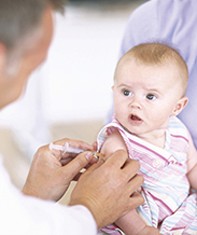Peer Reviewed
Feature Article Pain medicine
Pain in children: we can manage it better now!
Abstract
Major advances have been made in paediatric pain management in the last decade. Excellent evidence based guidelines are now available to assist in the treatment of acute pain and procedure-related pain in neonates, children and adolescents.
Key Points
- Excellent evidence based guidelines are available for the treatment of acute and procedural pain in neonates, infants, children and adolescents.
- Nonpharmacological techniques are underused in children to reduce anxiety before and during medical procedures.
- Validated pain measurement techniques are available for children of all ages and stages of development.
- The dosage of paracetamol given for pain should not exceed 90 mg/kg/day for two days then 60 mg/kg/day, and should be reviewed every two days. The dose should be based on lean body mass if the patient is obese.
- Conversion of codeine to morphine may vary significantly in different racial groups and other oral opioids (e.g. morphine or oxycodone) may be more reliable.
- Generally, opioid dependence is not a problem in children when opioids are used with appropriate monitoring for the treatment of acute pain of short duration.
- Appropriate analgesia should be used if neonatal circumcision is indicated.
Purchase the PDF version of this article
Already a subscriber? Login here.

